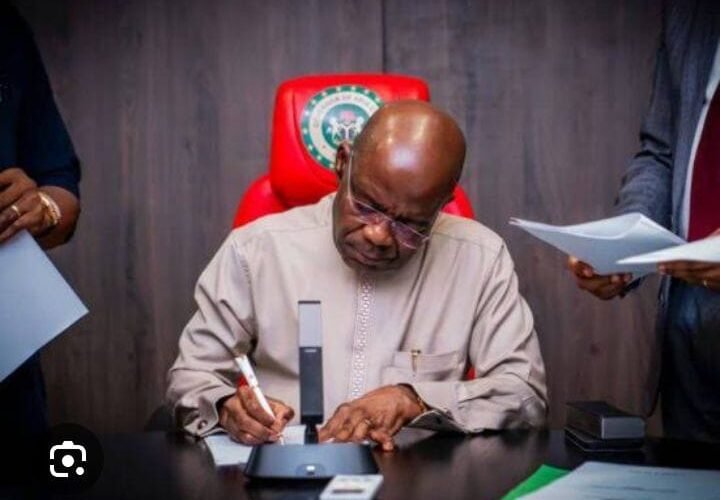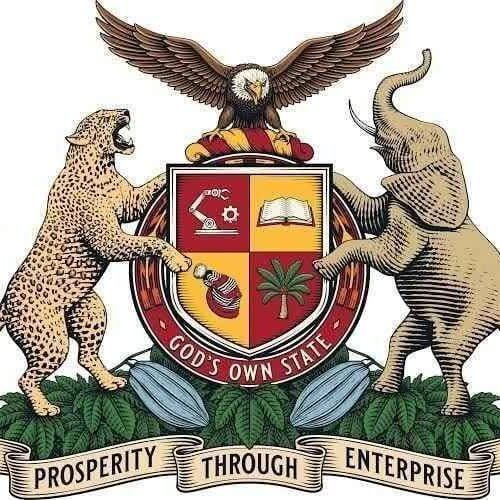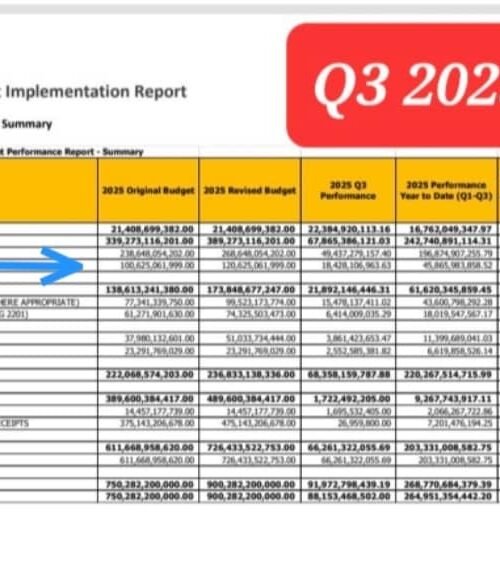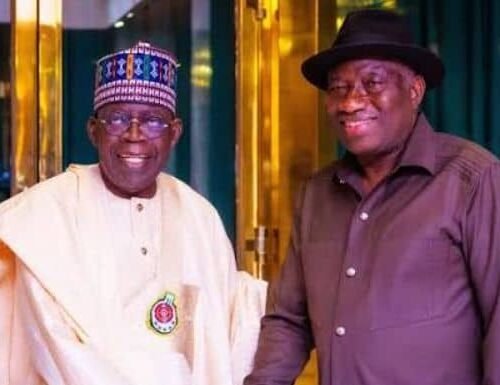Civility, Disequilibrium, and the Creation of Prosperity: The Abia State Social Experiment Through the Lens of the Bohr Model
In the annals of human progress, moments of profound transformation often emerge from the ashes of systemic failure, much like the quantum leaps that redefine atomic stability in the Bohr model. Abia State, once emblematic of Nigeria’s most debilitating paradoxes—a region blessed with human and material capital yet crippled by impoverishment, misgovernance, and squandered potential—now stands at the precipice of renewal. Drawing upon Niels Bohr’s revolutionary insights into atomic structure and his candid acknowledgment of the limitations of classical physics, we may construct a compelling analogy to dissect Abia’s historical disequilibrium and celebrate Governor Alex Otti’s audacious reimagining of governance on his 60th birthday.
Bohr’s Model and the Quantization of Development
Bohr’s 1913 atomic model introduced a radical departure from classical mechanics, positing that electrons occupy discrete energy levels rather than chaotic orbits. This quantization principle, expressed mathematically, underscores the necessity of specific energy inputs to elevate electrons to higher states. Abia State’s past mirrors this stasis: decades of misrule confined its socio-economic potential to a low-energy equilibrium. According to NBS (2022) before the advent of Otti, the state struggles with a poverty rate of 31.7%, youth unemployment nearing 45%, and infrastructural decay eroding over 73% of its road networks, the state languished in a developmental ground state. Previous administrations, akin to classical physicists clinging to outdated paradigms, imposed rigid, patronage-driven policies that suppressed innovation, much like Bohr’s critique of deterministic models that failed to explain atomic spectral lines.
Disequilibrium as a Catalyst for Quantum Leaps
Bohr’s acknowledgment that “every great and deep difficulty bears its own solution” resonates in Otti’s governance philosophy. Just as electrons absorb photons to escape low-energy orbits, Otti’s administration has injected strategic “energy quanta” into Abia’s system: a N30 billion road rehabilitation fund, a tech-driven SME financing scheme targeting 10,000 entrepreneurs, and a 500% increase in primary healthcare allocations. These interventions, akin to some of Bohr’s equation, disrupt the status quo, propelling Abia toward a higher-energy state. Early results—a 14% GDP growth uptick in Q1 2024 (CBN) and a 22% rise in school enrollment—signal the nascent stages of a socio-economic spectral shift.
Complementarity and the Redefinition of Empowerment
Bohr’s principle of complementarity—that phenomena may exhibit dual, seemingly contradictory properties—offers a lens to applaud Otti’s holistic approach. His policies reject the false binary of “market-driven growth versus social welfare,” instead synthesizing both. For instance, the “Mass Entrepreneurship and Innovation Program” (MEIP), which has trained 7,500 youths in agritech and fintech, pairs private-sector partnerships (leveraging $50 million in FDI) with state-funded stipends. This duality mirrors Bohr’s reconciliation of wave-particle duality, transcending ideological rigidities that once constrained Abia’s potential.
A Birthday Ode to Otti: Rewriting Abia’s Wave Function
On his 60th birthday, Dr. Otti embodies Bohr’s ethos that “prediction is very difficult, especially about the future.” His administration’s refusal to be shackled by past governance failures—symbolized by the recovery of 184 illegally acquired properties and a 300% boost in IGR—echoes Bohr’s dismantling of classical physics’ hubris. By refining Abia’s “developmental wave function” through transparency (publishing real-time budget data) and civic engagement (town halls reaching 80% of LGAs), Otti is collapsing the superposition of despair into a trajectory of measurable prosperity.
In conclusion, just as Bohr’s model revolutionized physics by embracing quantized uncertainty, Otti’s Abia experiment demonstrates that prosperity emerges not from rigid dogma but from adaptive, energy-infused civility. As the state’s Human Development Index climbs from 0.492 to 0.581 (UNDP, 2024), we celebrate a leader whose vision mirrors Bohr’s wisdom: “The opposite of a profound truth may very well be another profound truth.” Here’s to a governor unafraid to dwell in that creative tension—and to a revitalized Abia, ascending toward its rightful eigenstate of empowerment. 🎉

Dr Chukwuemeka Ifegwu Eke writes from the University of Abuja Nigeria







